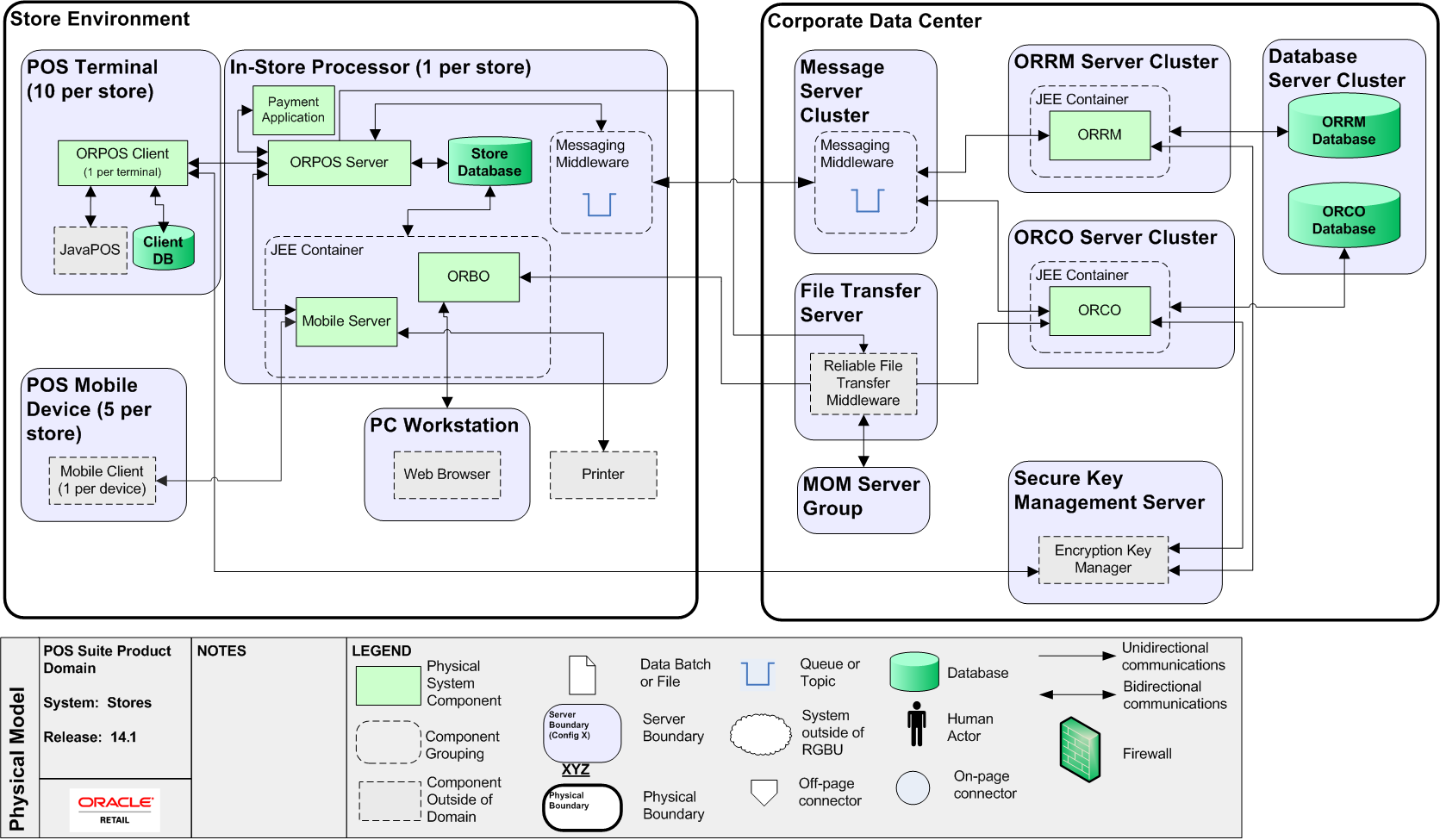- Oracle Network & Wireless Cards Driver Download Windows 10
- Oracle Network & Wireless Cards Driver Download Windows 7
DOS Network is a chain-agnostic layer 2 decentralized oracle network that offers realtime data feeds and verifiable computation power to mainstream blockchains. It connects on-chain smart contracts and Ðapps with off-chain data sources and unlimited computation power, enabling smart contracts with more real world use cases. The advanced security data integrity functionality is separate to network encryption, but it is often discussed in the same context and in the same sections of the manuals. The configuration is similar to that of network encryption, using the following parameters in the server and/or client 'sqlnet.ora' files.
| Home E-mail Us Oracle Articles New Oracle Articles
|
Question: How do I use the AWR dba_hist tables to monitor Oracle network performance. What views contain network performance and how to I make scripts to monitor network performance in Oracle? Answer: Oracle only see the network via SQL*Net (Oracle*Net), but Oracle does provide some good network monitoring tables in AWR. Database Wait Events in the dba_hist Views Database wait event statistics show how much and how long Oracle processes had to wait for a particular type of database resource in order to process their work. These wait events are grouped by Oracle into several categories including Administrative, Application, Cluster, Commit, Concurrency, Configuration, Idle, Network, Other, Scheduler, System I/O, and User I/O. Wait event data can be used effectively if the wait events are ordered by wait time. This way, the most significant wait events are found first which makes them the lead candidates for further investigation. The output of the wt_events_int_10g.sql script displays the wait events ordered by wait times in seconds. col c1 heading 'end|time' format a10 end wait time From AWR, you can query the dba_hist_system_event table to see the amount of time Oracle has waited for network packets. As you recall, there are several system events that can show us network activity: SQL> select distinct event from dba_hist_system_event 2 where event like 'SQL%';EVENT ----------------------------------------------------------------SQL*Net break/reset to clientSQL*Net message from clientSQL*Net message from dblinkSQL*Net message to clientSQL*Net message to dblinkSQL*Net more data from clientSQL*Net more data to clientFrom this AWR table, we can select all of the significant events, the number of waits, and the average wait time in seconds. Remember, most networks such as TCP/IP send an acknowledgement when a packet has been received. Running the query against an Oracle database that is experiencing performance problems will give you very good insight into the causes of external event problems. set pages 999 set lines 90 column c1 heading 'Event|Name' format a30 column c2 heading 'Total|Waits' format 999,999,999 column c3 heading 'Seconds|Waiting' format 999,999 column c4 heading 'Total|Timeouts' format 999,999,999 column c5 heading 'Average|Wait|(in secs)' format 99.999 ttitle 'System-wide Wait Analysis|for current wait events' select event c1, total_waits c2, time_waited / 100 c3, total_timeouts c4, average_wait /100 c5 from sys.v_$system_event where event in ( 'SQL*Net break/reset to client', 'SQL*Net message from client', 'SQL*Net message to client', 'SQL*Net more data to client) and event not like '%done%' and event not like '%Idle%' order by c2 desc ; The v$system_wait_class view can be useful as the first source of information about where database spends the most time waiting. The wait_class_pct_ash.sql query can be used to take a quick look at system-wide wait activity and to quickly identify possible problem areas: column TOTAL_WAITS format 999,999,999 column PCT_WAITS format 99.99 column TIME_WAITED format 999,999,999 column PCT_TIME format 99.99 column WAIT_CLASS format A20 SELECT wait_class, total_waits, ROUND(100 * (total_waits / sum_waits),2) pct_waits, time_waited, ROUND(100 * (time_waited / sum_time),2) pct_time FROM (SELECT wait_class, total_waits, time_waited FROM WHERE (SELECT SUM(total_waits) sum_waits, SUM(time_waited) sum_time FROM v$system_wait_class WHERE wait_class != 'Idle') ORDER BY 5 DESC; The sample output of the above query is presented below: WAIT_CLASS TOTAL_WAITS PCT_WAITS TIME_WAITED PCT_TIME -------------------- ------------ --------- ------------ -------- Network 9,664,173 58.17 7, 623 .40 Here is a sample of the output from this report, showing the events and the wait times for each event. This is a great report for showing specific times when the network is overloaded with packet traffic. These AWR reports can often give the DBA an idea about potential network problems because Oracle captures the number of seconds that have been waited for each distributed event. Of course, Oracle can identify a latency problem, but we need to go out to the network to find the exact cause of the network problem.
|
When you work with Oracle Cloud Infrastructure, one of the first steps is to set up a virtual cloud network (VCN) for your cloud resources. This topic gives you an overview of Oracle Cloud Infrastructure Networking components and typical scenarios for using a VCN.
Networking Components
Answer: Oracle only see the network via SQL.Net (Oracle.Net), but Oracle does provide some good network monitoring tables in AWR. Database Wait Events in the dbahist Views Database wait event statistics show how much and how long Oracle processes had to wait for a particular type of database resource in order to process their work.
The Networking service uses virtual versions of traditional network components you might already be familiar with:

Subdivisions you define in a VCN (for example, 10.0.0.0/24 and 10.0.1.0/24). Subnets contain virtual network interface cards (VNICs), which attach to instances. Each subnet consists of a contiguous range of IP addresses that do not overlap with other subnets in the VCN. You can designate a subnet to exist either in a single availability domain or across an entire region (regional subnets are recommended). Subnets act as a unit of configuration within the VCN: All VNICs in a given subnet use the same route table, security lists, and DHCP options (see the definitions that follow). You can designate a subnet as either public or private when you create it. Private means VNICs in the subnet can't have public IP addresses. Public means VNICs in the subnet can have public IP addresses at your discretion. See Access to the Internet.